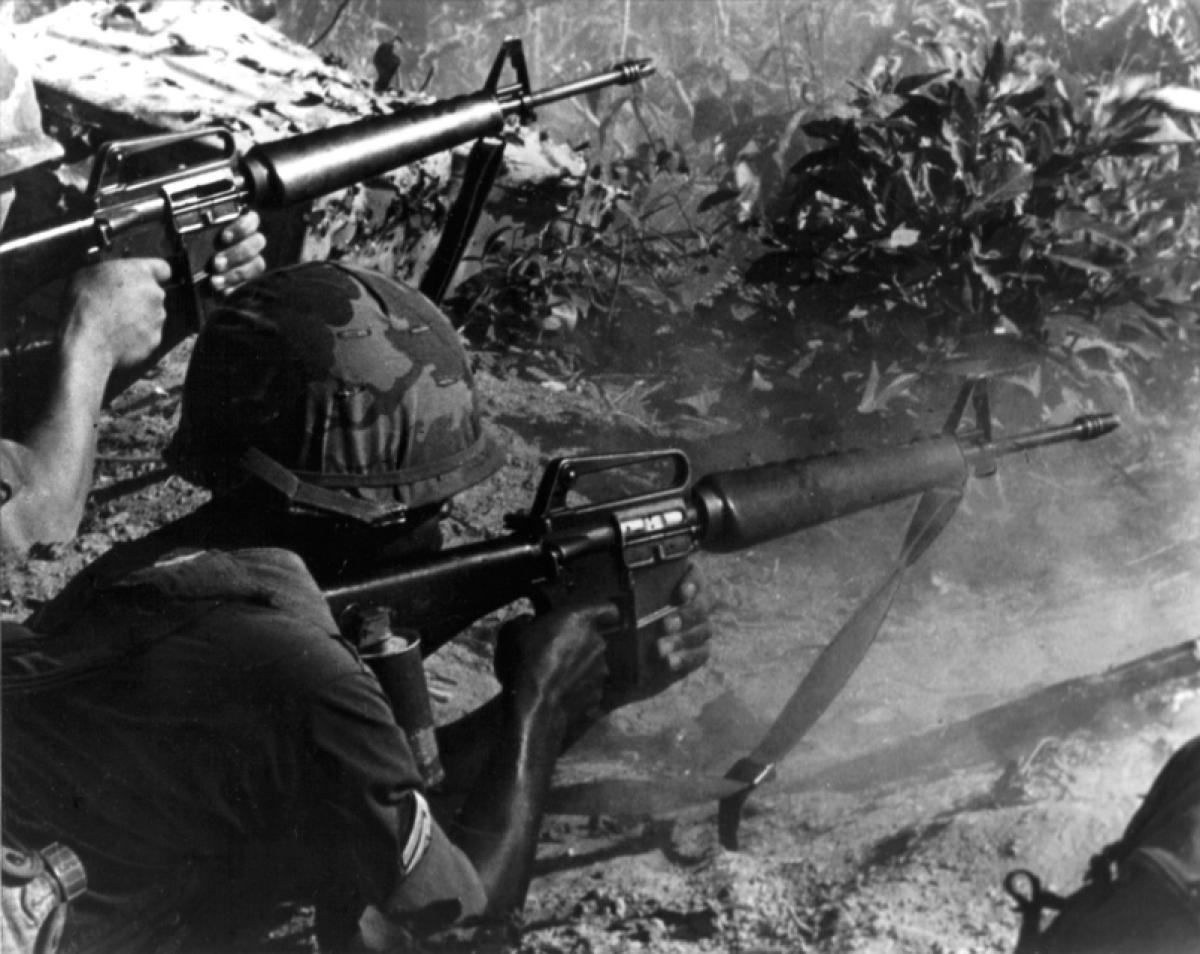ShtrRdy
Well-Known Member
I think I read or heard that one of the IMR powders was the preferred choice for AR-15/M-16 cartridges but I don't recall which one. Do you know what the original load was?
 Help Support Long Range Hunting Forum
Help Support Long Range Hunting Forum

 www.pewpewtactical.com
www.pewpewtactical.com
It is discovered that IMR 4475 cannot reliably achieve the quoted muzzle velocity of 3,300 fps within the accepted maximum chamber pressure specs. At the same time, Olin-Winchester is proposing a new cartridge, the .224E5. The .224E5 and its predecessor, the .224E4, are both based on the .25 Remington case, shortened to fit within the same action length as the .223 Remington. However, the .224E5 possesses a rebated rim so that existing .223 Remington bolt faces need not be altered. (Oddly enough, these cartridges bear more than a passing similarity to the .219 Donaldson Wasp, albeit without a rim.)The powder selected in the design of the m16 was DuPont IMR 4475. The first M-16s went to the Green Berets and they worked flawlessly. Unfortunately, the Military had a gun powder contract with Olin and the switched to powder to WC846 which got a lot of GIs killed.
There is a good article on pew pew tactical that goes into all the failures of the m16 .

How And Why The M16 Failed In Vietnam (And Is It Reliable Today?)
How bad was the M16 during the Vietnam War? And can you trust it (and the civilian AR-15 variants) today? We cover it all.www.pewpewtactical.com